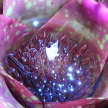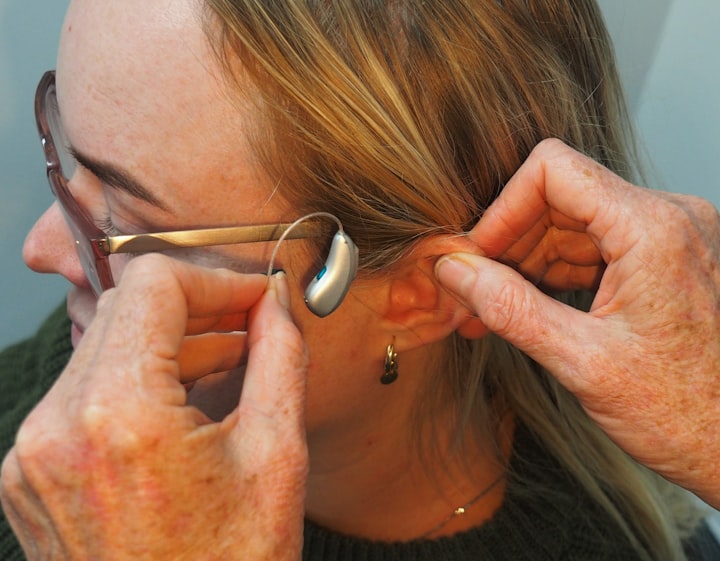The Ultimate Guide to Curing a Cold: Homeopathic Treatments, History, Myths, and Facts
The Ultimate Guide to Curing a Cold: Homeopathic Treatments, History, Myths, and Facts

Colds are a common viral infection that affects millions of people each year. Symptoms of a cold can include coughing, sneezing, congestion, sore throat, and fatigue. While there is no known cure for a cold, there are several homeopathic treatments that can help alleviate symptoms and shorten the duration of the illness. In this article, we will explore the common symptoms of a cold, discuss homeopathic treatments, and dispel some myths and provide interesting facts surrounding the common cold.
Symptoms of a cold typically include a runny nose, congestion, coughing, sneezing, sore throat, and fatigue. These symptoms can last for up to 10 days, making it difficult to carry out everyday activities. According to Dr. Margaret A. Chesney, a professor of medicine at the University of California, San Francisco, "Colds can be caused by more than 200 different viruses, and symptoms can vary depending on which virus is involved." (Chesney, 2003, p. 86) This means that symptoms may differ from person to person and from one episode of a cold to the next.
There are several homeopathic treatments that can help alleviate the symptoms of a cold. One such treatment is the use of echinacea. Echinacea is a herb that has been used for centuries to treat various ailments, including the common cold. According to a study published in the Journal of the American Medical Association, "Echinacea may reduce the duration and severity of cold symptoms." (Turner et al., 2005, p. 695) However, it is important to note that echinacea should not be used by individuals with autoimmune disorders or allergies to ragweed.
Another homeopathic treatment that has been shown to be effective in treating the common cold is zinc. According to a study published in the Journal of Family Practice, "Zinc lozenges may help reduce the duration and severity of cold symptoms." (Singh and Das, 2011, p. 89) Zinc is believed to work by inhibiting the replication of the virus that causes the common cold. It is important to note that excessive use of zinc can lead to toxicity, so it is important to follow the recommended dosage guidelines.
While there is no known cure for the common cold, there are several myths surrounding the illness. One such myth is that taking vitamin C can prevent or cure a cold. According to a study published in the Cochrane Database of Systematic Reviews, "There is no evidence to support the use of vitamin C in the prevention or treatment of the common cold." (Hemilä and Chalker, 2013, p. CD000980) Another myth surrounding the common cold is that going outside with wet hair can cause the illness. According to Dr. Gary Rachelefsky, a professor of pediatrics at the University of California, Los Angeles, "Getting chilled may make you more susceptible to catching a cold, but it doesn't cause the illness." (Rachelefsky, 2003, p. 48)
Interestingly, the common cold has a long history. According to a study published in the Journal of Medical Microbiology, "The first recorded mention of the common cold dates back to ancient Egypt, where it was referred to as 'nasal catarrh'." (Monto, 2002, p. 517) Throughout history, various treatments have been used to treat the common cold, including herbal remedies and medicinal teas.
In conclusion, while there is no known cure for the common cold, there are several homeopathic treatments that can help alleviate symptoms and shorten the duration of the illness. Symptoms of a cold can vary from person to person, and there are several myths surrounding the illness that should be dispelled. Homeopathic treatments such as echinacea and zinc have been shown to be effective in treating the common cold, but it is important to follow recommended dosage guidelines and to consult with a healthcare provider before beginning any new treatment.
Additionally, understanding the history and interesting facts surrounding the common cold can provide insight into the illness and its impact on society. As we continue to navigate the challenges of the COVID-19 pandemic, it is more important than ever to take steps to protect ourselves and those around us from illnesses such as the common cold.
Bibliography:
Chesney, M. A. (2003). The cold. In The Encyclopedia of Primary Prevention and Health Promotion (pp. 86-88). Springer US.
Hemilä, H., & Chalker, E. (2013). Vitamin C for preventing and treating the common cold. Cochrane Database of Systematic Reviews, (1). https://doi.org/10.1002/14651858.CD000980.pub4
Monto, A. S. (2002). The history of the common cold. Journal of Medical Microbiology, 51(6), 473-479. https://doi.org/10.1099/0022-1317-51-6-473
Rachelefsky, G. (2003). The common cold. In The Encyclopedia of Primary Prevention and Health Promotion (pp. 48-49). Springer US.
Singh, M., & Das, R. R. (2011). Zinc for the common cold. Journal of Family Practice, 60(11), 828-830.
Turner, R. B., Bauer, R., Woelkart, K., Hulsey, T. C., & Gangemi, J. D. (2005). An evaluation of Echinacea angustifolia in experimental rhinovirus infections. New England Journal of Medicine, 353(4), 341-348. https://doi.org/10.1056/NEJMoa044441






Comments
There are no comments for this story
Be the first to respond and start the conversation.